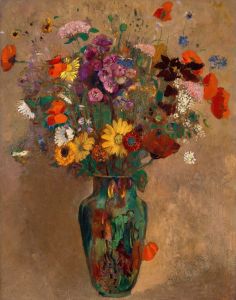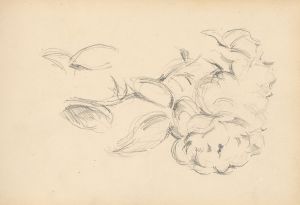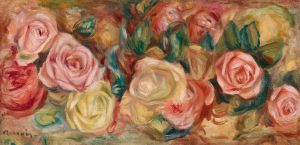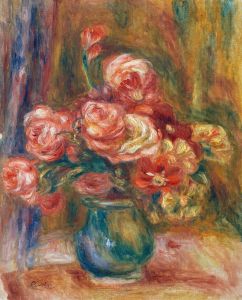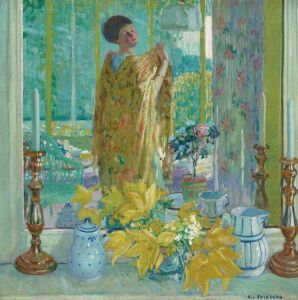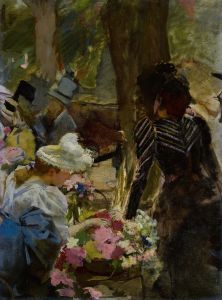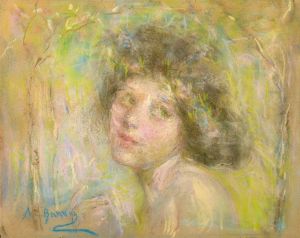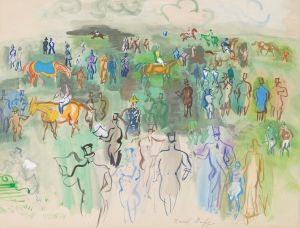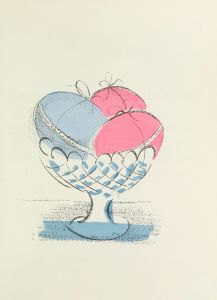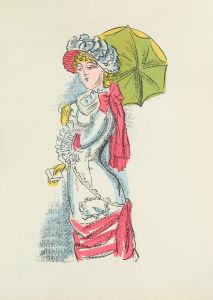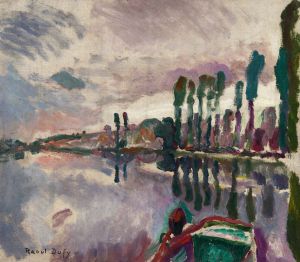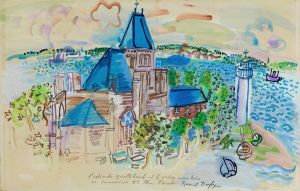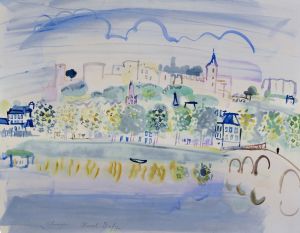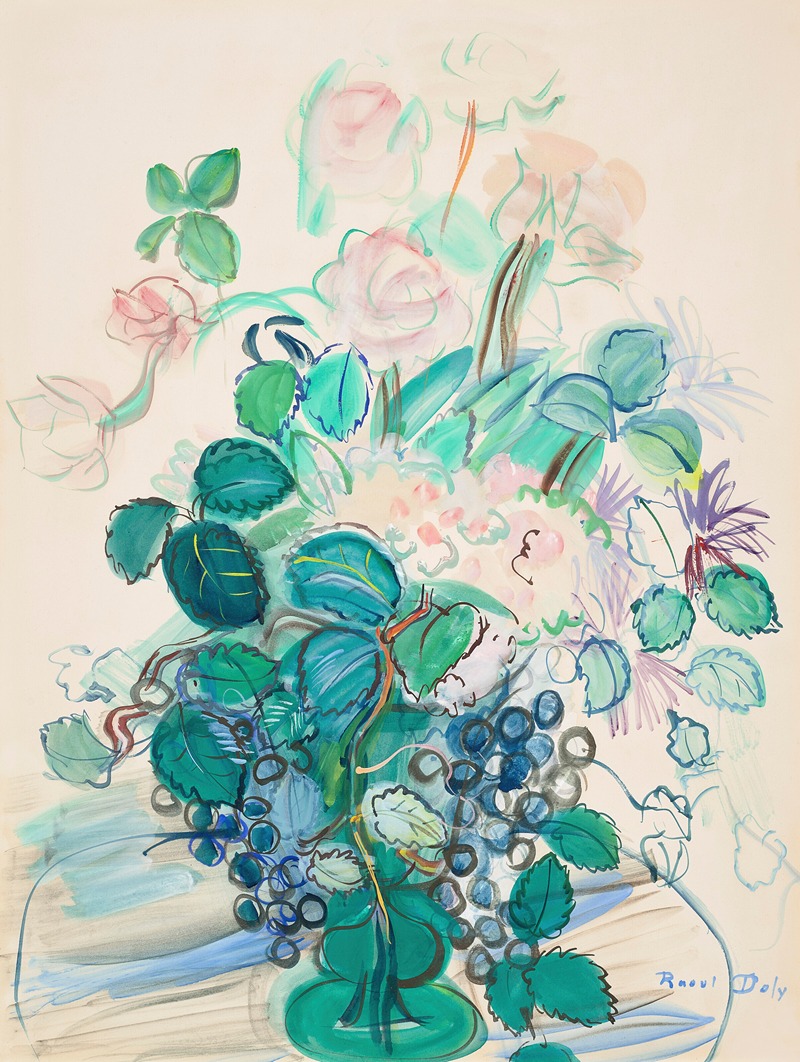
Bouquet à la grappe et aux roses
A hand-painted replica of Raoul Dufy’s masterpiece Bouquet à la grappe et aux roses, meticulously crafted by professional artists to capture the true essence of the original. Each piece is created with museum-quality canvas and rare mineral pigments, carefully painted by experienced artists with delicate brushstrokes and rich, layered colors to perfectly recreate the texture of the original artwork. Unlike machine-printed reproductions, this hand-painted version brings the painting to life, infused with the artist’s emotions and skill in every stroke. Whether for personal collection or home decoration, it instantly elevates the artistic atmosphere of any space.
Raoul Dufy (1877–1953) was a French Fauvist painter known for his colorful and decorative style, which often depicted scenes of leisure and luxury. His work is characterized by its vibrant use of color and fluidity of line, capturing the essence of the early 20th-century joie de vivre. Among his many works, "Bouquet à la grappe et aux roses" is a notable piece that exemplifies his unique approach to painting.
"Bouquet à la grappe et aux roses" is a still life painting that showcases Dufy's mastery in combining color and form to create a lively and engaging composition. The painting features a bouquet of flowers, including roses, which are rendered with bold brushstrokes and a vivid palette. The inclusion of grapes in the composition adds an element of abundance and richness, a common theme in Dufy's work that reflects his interest in the pleasures of life.
Dufy's style in this painting is indicative of his Fauvist roots, where color is used not just to represent reality but to evoke emotion and atmosphere. The Fauvist movement, which emerged in the early 20th century, was characterized by its radical use of color, and Dufy was one of its prominent figures. His work often defied traditional perspectives and proportions, focusing instead on the overall harmony and rhythm of the composition.
In "Bouquet à la grappe et aux roses," Dufy employs a light and airy technique, allowing the colors to breathe and interact with each other on the canvas. The background is typically simplified, drawing attention to the central floral arrangement. This approach not only highlights the beauty of the flowers but also creates a sense of space and movement within the painting.
Dufy's interest in decorative arts is also evident in this piece. He was heavily influenced by textile design, having worked in the industry for several years. This experience is reflected in the patterned and ornamental quality of his paintings, where each element is carefully considered to contribute to the overall aesthetic effect.
The painting is a testament to Dufy's ability to blend fine art with decorative elements, creating works that are both visually appealing and rich in texture. His use of color is both expressive and controlled, demonstrating his skill in balancing spontaneity with composition.
"Bouquet à la grappe et aux roses" is representative of Dufy's broader body of work, which often explored themes of nature, music, and the vibrancy of modern life. His paintings are celebrated for their joyful and optimistic outlook, capturing the spirit of the time with a sense of elegance and charm.
Raoul Dufy's contribution to modern art extends beyond his paintings. He was also a prolific illustrator and designer, working on projects ranging from book illustrations to large-scale murals. His influence can be seen in various aspects of visual culture, and his works continue to be appreciated for their innovative use of color and form.
Overall, "Bouquet à la grappe et aux roses" is a fine example of Raoul Dufy's artistic vision, showcasing his ability to transform everyday subjects into dynamic and captivating works of art. Through his unique style and approach, Dufy has left a lasting legacy in the world of art, inspiring generations of artists to explore the expressive potential of color and design.





